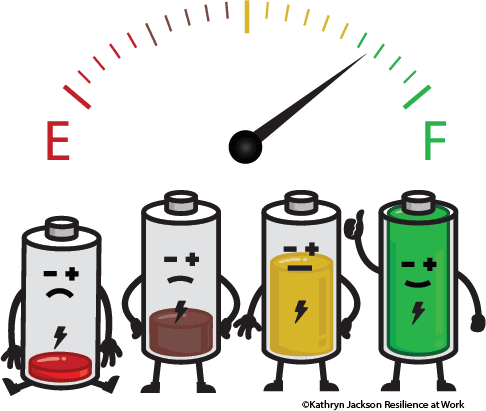Recharging a Battery

Recharging a battery involves replenishing its energy by applying an external electrical current to reverse the chemical reactions that occur during the discharge process. The method of recharging depends on the type of battery, as different batteries have distinct chemistries and charging requirements. Here's a general overview of the recharging process:
-
Connecting to a Charger:
- To recharge a battery, it needs to be connected to an appropriate charger designed for its specific type. Chargers vary depending on the battery chemistry (e.g., lead-acid, lithium-ion, nickel-metal hydride) and voltage requirements.
-
Voltage and Current Regulation:
- Chargers typically regulate the voltage and current supplied to the battery during the charging process. This regulation is crucial to prevent overcharging, which can damage the battery and pose safety risks.
-
Constant Current (CC) Phase:
- In the initial phase of charging, the charger provides a constant current to the battery. The current is controlled to a level that the battery can safely handle. This phase is often referred to as the Constant Current (CC) phase.
-
Constant Voltage (CV) Phase:
- As the battery voltage approaches a predefined level, the charger transitions to the Constant Voltage (CV) phase. During this phase, the charger maintains a steady voltage while allowing the current to decrease. The battery absorbs the remaining energy and completes the charging process.
-
Trickle Charging (Optional):
- In some cases, especially with lead-acid batteries, a trickle charge may be applied after the main charging process is complete. This provides a low, continuous current to compensate for the battery's self-discharge and keep it fully charged.
-
Charge Termination:
- Modern chargers often include mechanisms to terminate the charging process when the battery is fully charged. This may involve monitoring parameters such as voltage, temperature, or a combination of factors.
-
Monitoring and Safety:
- Quality chargers include safety features like temperature sensors and timers to prevent overheating and overcharging. These features are crucial for the long-term health and safety of the battery.
-
Rechargeable Battery Considerations:
- Rechargeable batteries, such as lithium-ion or nickel-metal hydride batteries, can undergo multiple charge and discharge cycles. The number of cycles a battery can endure varies based on the specific chemistry and design.
It's important to use chargers recommended by the battery manufacturer to ensure compatibility and safety. Overcharging or using an incompatible charger can lead to damage, reduced battery life, and safety hazards.
While the general principles of recharging apply to most batteries, variations exist based on the specific chemistry and design of each battery type. Always follow the manufacturer's guidelines and safety recommendations when recharging batteries.
Thank you.
